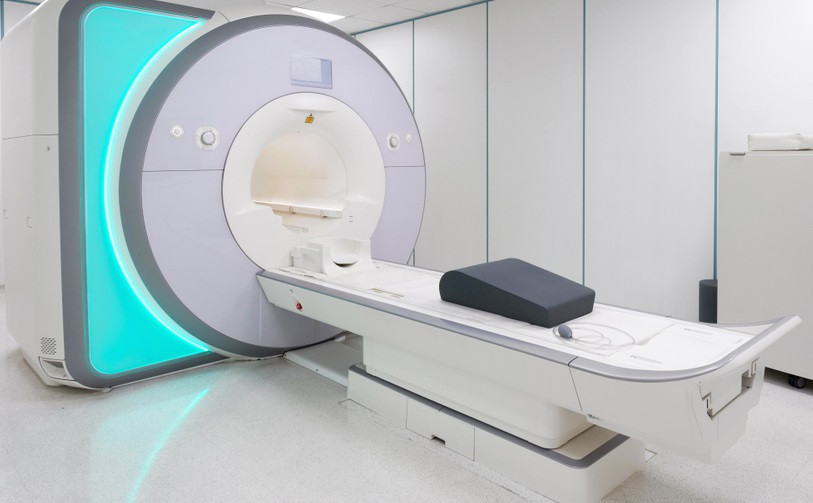
Introduction: The patient experience is a crucial aspect of healthcare, especially in the realm of diagnostic imaging. This blog explores the various strategies and technologies employed to enhance patient comfort during diagnostic imaging procedures, ensuring a positive and stress-free experience.
- Patient-Centered Design of Imaging Spaces: Creating a Welcoming Environment:
- Discuss the importance of patient-centered design in imaging facilities.
- Explore how thoughtful design choices contribute to creating a welcoming and comfortable environment for patients.
- Clear Communication: Fostering Trust and Reducing Anxiety:
- Emphasize the role of clear communication in reducing patient anxiety.
- Discuss how effective communication between healthcare providers and patients fosters trust and helps alleviate fears associated with imaging procedures.
- Pre-Procedure Education: Empowering Patients with Information:
- Highlight the significance of pre-procedure education.
- Discuss how providing detailed information about imaging procedures helps empower patients, enabling them to better understand and prepare for the experience.
- Interactive Patient Portals: Engaging Patients in Their Healthcare Journey:
- Explore the use of interactive patient portals.
- Discuss how these portals provide patients with access to information, appointment details, and educational resources, fostering engagement and involvement in their healthcare journey.
- Advanced Scheduling and Reduced Wait Times: Minimizing Stress and Uncertainty:
- Discuss the impact of advanced scheduling and reduced wait times.
- Explore how streamlined processes contribute to minimizing stress and uncertainty for patients, leading to a more positive experience.
- Comfortable Attire and Gowns: Enhancing Dignity and Comfort:
- Address the significance of comfortable attire and gowns provided to patients.
- Discuss how simple changes in clothing options contribute to enhancing dignity and comfort during imaging procedures.
- Relaxation Techniques: Integrating Mind-Body Approaches:
- Explore the use of relaxation techniques.
- Discuss how integrating mind-body approaches, such as deep breathing exercises or guided imagery, can help patients relax before and during imaging procedures.
- Music and Ambient Lighting: Creating a Calming Atmosphere:
- Discuss the impact of music and ambient lighting.
- Explore how creating a calming atmosphere through soothing music and lighting choices contributes to a more pleasant experience for patients.
- Open Communication Channels: Addressing Patient Concerns:
- Emphasize the importance of open communication channels.
- Discuss how healthcare providers can actively listen to patient concerns and address questions, fostering a supportive and caring environment.
- Patient Comfort Surveys: Continuous Improvement through Feedback:
- Explore the use of patient comfort surveys.
- Discuss how feedback from patients can be valuable in identifying areas for improvement and implementing changes to enhance overall comfort.
- Pediatric-Friendly Imaging Suites: Catering to the Unique Needs of Children:
- Highlight the importance of pediatric-friendly imaging suites.
- Discuss how specially designed environments and child-friendly features contribute to a positive experience for pediatric patients.
- Proactive Pain Management: Minimizing Discomfort during Procedures:
- Discuss proactive pain management strategies.
- Explore how healthcare providers can take steps to minimize discomfort during imaging procedures, including the use of topical anesthetics or positioning aids.
- Transparent Imaging Protocols: Setting Patient Expectations:
- Emphasize the transparency of imaging protocols.
- Discuss how clearly communicating imaging protocols and expectations helps set the stage for a smoother and more comfortable experience for patients.
- Technological Innovations for Faster Scans: Reducing Procedure Duration:
- Explore technological innovations for faster scans.
- Discuss how advancements in imaging technology contribute to shorter procedure durations, reducing the time patients spend in uncomfortable positions.
- Patient Liaison Services: Providing Personalized Support:
- Discuss the role of patient liaison services.
- Explore how dedicated staff members can act as liaisons, providing personalized support and assistance to patients throughout their imaging journey.
- Post-Procedure Support: Addressing Post-Imaging Discomfort:
- Discuss the importance of post-procedure support.
- Explore how healthcare providers can offer guidance and support to patients experiencing post-imaging discomfort or anxiety.
- Cultural Competence: Respecting Diversity in Patient Needs:
- Emphasize the importance of cultural competence.
- Discuss how respecting and understanding diverse patient needs contributes to a more inclusive and comfortable environment in diagnostic imaging settings.
Conclusion: Summarize the various strategies and technologies that contribute to elevating the patient experience in diagnostic imaging. Highlight the ongoing commitment to patient comfort, emphasizing that a positive experience is integral to overall healthcare quality and patient satisfaction.
Service Areas:- Mizoram – Aizawl, Kolasib, Lawngtlai, Lunglei, Mamit, Saiha, Serchhip, Champhai.
Summary

Service Type
Teleradiology
Provider Name
Future Teleradiology Solutions, Telephone No.+91 9960555010
Area
Mizoram - Aizawl, Kolasib, Lawngtlai, Lunglei, Mamit, Saiha, Serchhip, Champhai.
Description
"Elevating the Patient Experience: Ensuring Comfort in the Realm of Diagnostic Imaging" explores the importance of prioritizing patient comfort in the context of diagnostic imaging. This overview delves into strategies and advancements aimed at creating a more positive and comfortable experience for individuals undergoing various imaging procedures. The short description emphasizes the significance of patient-centered care, innovative technologies, and thoughtful design considerations in enhancing the overall diagnostic imaging experience. By focusing on the human element, it highlights how healthcare providers are actively working to minimize anxiety, improve communication, and prioritize patient well-being throughout the imaging process.